Meet Zheng Yu | Cinematographer
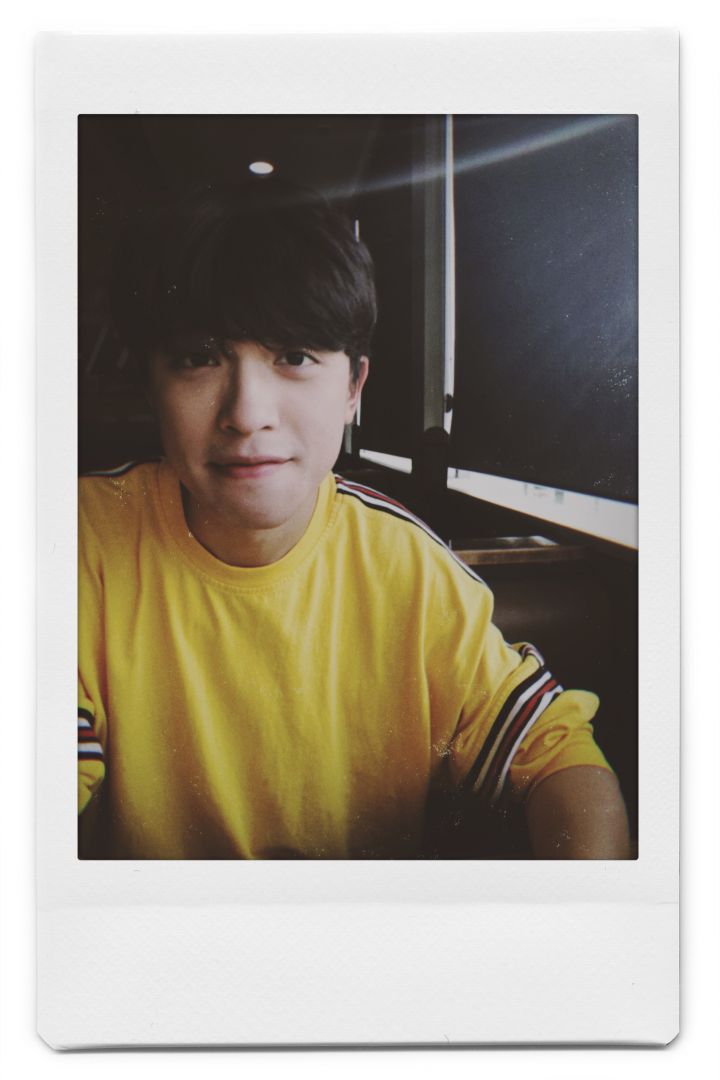

We had the good fortune of connecting with Zheng Yu and we’ve shared our conversation below.
Hi Zheng, do you have any habits that you feel contribute to your effectiveness?
I have a longstanding passion for street photography, a habit that I’ve maintained to this day. In the past, I primarily used DSLR cameras and would often capture a multitude of shots, selecting the best during the editing process. However, I’ve since transitioned to shooting exclusively on film for still photography, particularly 35mm and medium formats like 6×7 or 645.
As a cinematographer, my engagement in film photography, whether it’s street style or landscape, has been invaluable in training my eye to frame shots and capture the transient beauty of my surroundings, which can vanish in mere moments. It’s worth noting that I don’t exclusively embrace film in my cinematography work; I use both digital and analog formats. To me, they are distinct tools for recording, and the heart of the matter lies in the deliberate choices and commitment to achieving the desired visual aesthetics.
The ultimate visual outcome is primarily determined by factors such as lighting, composition, camera angles, as well as decisions related to art and production design, costume design, and makeup. These elements take precedence over the format or film stocks chosen. Paradoxically, this is why I encourage young or student filmmakers to embark on their projects by shooting on film. Allow me to clarify this seeming contradiction.
One of the most crucial lessons I’ve gleaned from my experiences in film photography, whether in stills or motion pictures, is the importance of discipline. Everything demands meticulous pre-planning, including the shots, lighting setups, and actor blocking. Film is a costly medium, and it’s imperative not to squander resources due to indecision or lack of preparation. When on set, a profound sense of respect for the moments between “action” and “cut” is paramount, especially when working with film. In contrast to digital, where one can continue rolling indefinitely, film demands precision and readiness. I’ve witnessed numerous film sets devolve into chaos due to a lack of fundamental discipline.
The allure of digital lies in its ease and immediacy – what you see on the monitor is what you’ll get, and there are no constraints on rolling time. However, it can lead to a disconnect from the deeper meaning and thought behind each shot. Directors might opt for extensive coverage across various shot types because they’re uncertain about their editing choices.
Hence, one effective way to avoid falling into this trap is to pick up a film camera, invest in film stocks, and start shooting. The moment you encounter the costs associated with development and scanning, you’ll come to appreciate the value of thoughtful planning before pressing the shutter.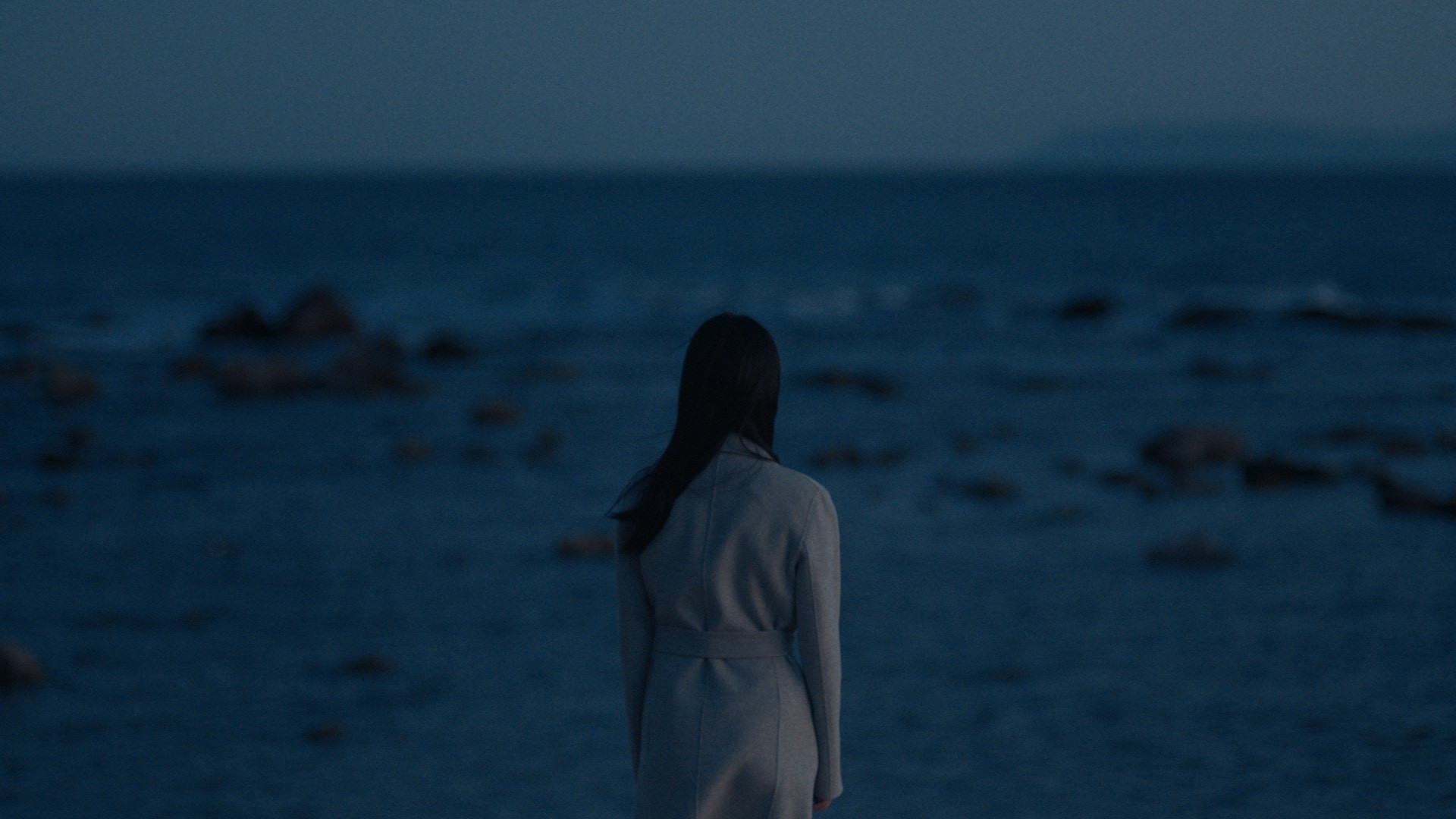
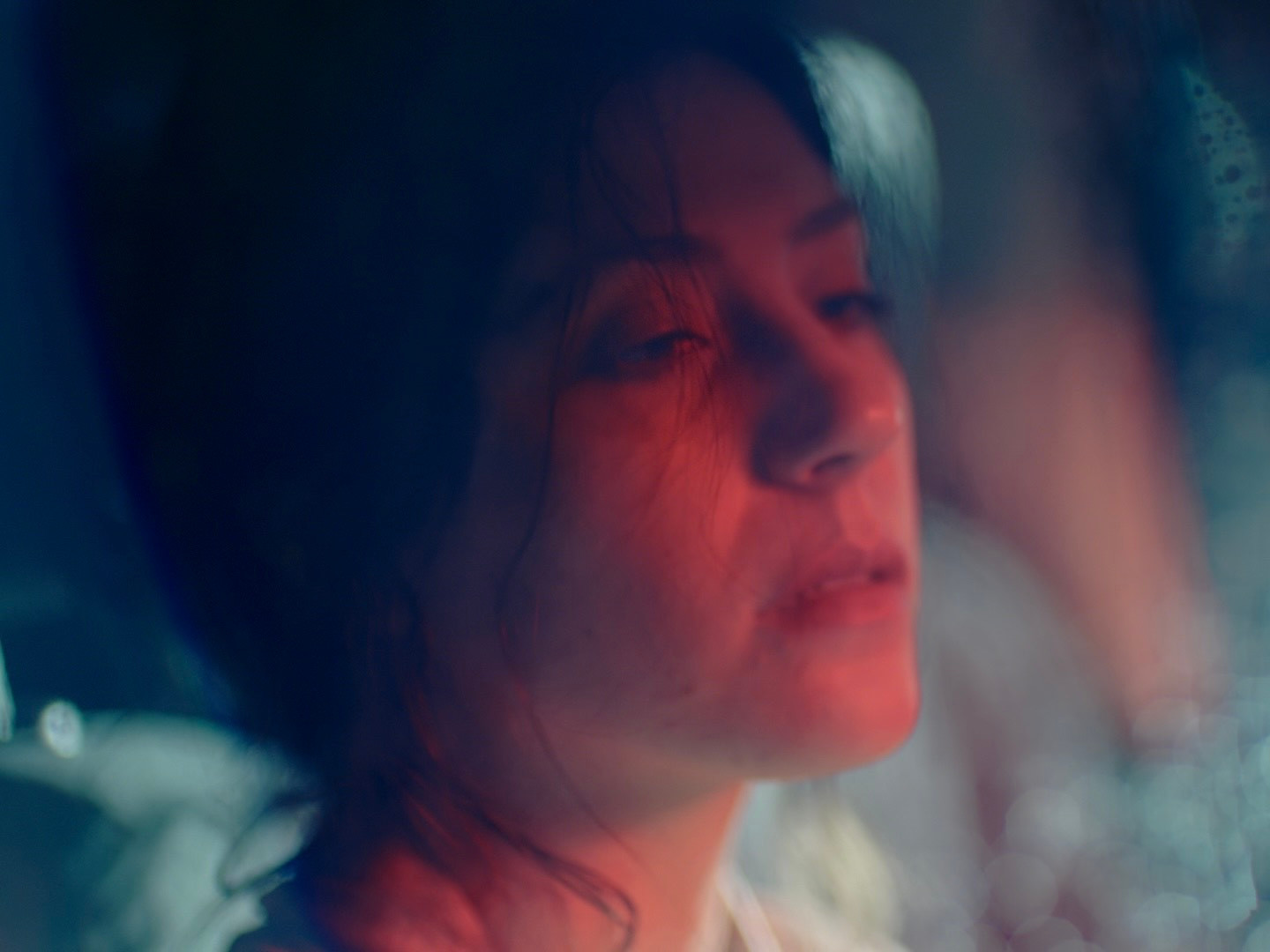
Let’s talk shop? Tell us more about your career, what can you share with our community?
In 2018, I embarked on my filmmaking journey at Loyola Marymount University, specializing in Film & Television Production. Unlike many of my peers who began their cinematic endeavors with camcorders or DSLRs handed down by their parents, I had very little knowledge of how a camera functioned. During my freshman year, I predominantly worked as a Production Assistant (PA) or a script supervisor, as the realms of lighting and camera equipment remained a mystery to me.
However, the trajectory of my story altered when a friend urgently sought a Director of Photography (DP) for a project due in just a week. I vividly recall that we were working with a Canon XF-100, and it took us an entire night to figure out how to format media cards and adjust project settings. Undoubtedly, I made numerous mistakes, and the end result was far from impressive. Nevertheless, what I relished most was peering through the viewfinder and witnessing an entirely new world framed within that 1/3″ sensor, even if everything that day was underexposed. Those rays of light formed a secluded realm through which I could glimpse the unfolding moment.
Following this experience, I delved into the realm of cinematography. I increasingly frequented sets as a camera assistant and member of the Grip and Electric (G&E) team, aiming to accumulate hands-on experience and learn from established DPs. In the early stages of my cinematography journey, I made my fair share of glaring errors. I impulsively cranked the ISO up to 6400 when confronted with low light, resulting in footage reminiscent of colorful confections or speckled cookies. I resorted to draping black plastic bags over Tungsten units in an attempt to control light spill, unintentionally transforming my room into an olfactory homage to a chemical factory. I downloaded LUTs that I considered stylish and imported them into an Alexa Mini, only to realize that they inexplicably became permanently embedded in the footage.
After enduring a multitude of humbling blunders, I resolved to approach cinematography systematically. I recognized the necessity of a solid knowledge foundation to underpin my creative choices in image creation. I began to study the techniques of luminaries like John Alton and Conrad L. Hall, considering them my cinematic mentors. Valuable lessons and insights also flowed from the guidance of my mentors and friends, notably Griffin Voth and TinNgai Chan.
I am eternally grateful to have the opportunity to collaborate with my exceptionally talented friends, who have emerged as a wellspring of inspiration for various visual styles. By the time I completed my studies at LMU, my work had earned selection at multiple film festivals, including the esteemed LA Shorts and ASC Student Heritage Award. In the freelance cinematography landscape of Los Angeles, accolades and recognition serve not as summits but as starting points for personal growth and improvement.
For me, cinematography represents an unending journey. It is a path of continuous learning, drawn from life experiences, interactions with diverse individuals, and the ever-evolving realm of technology.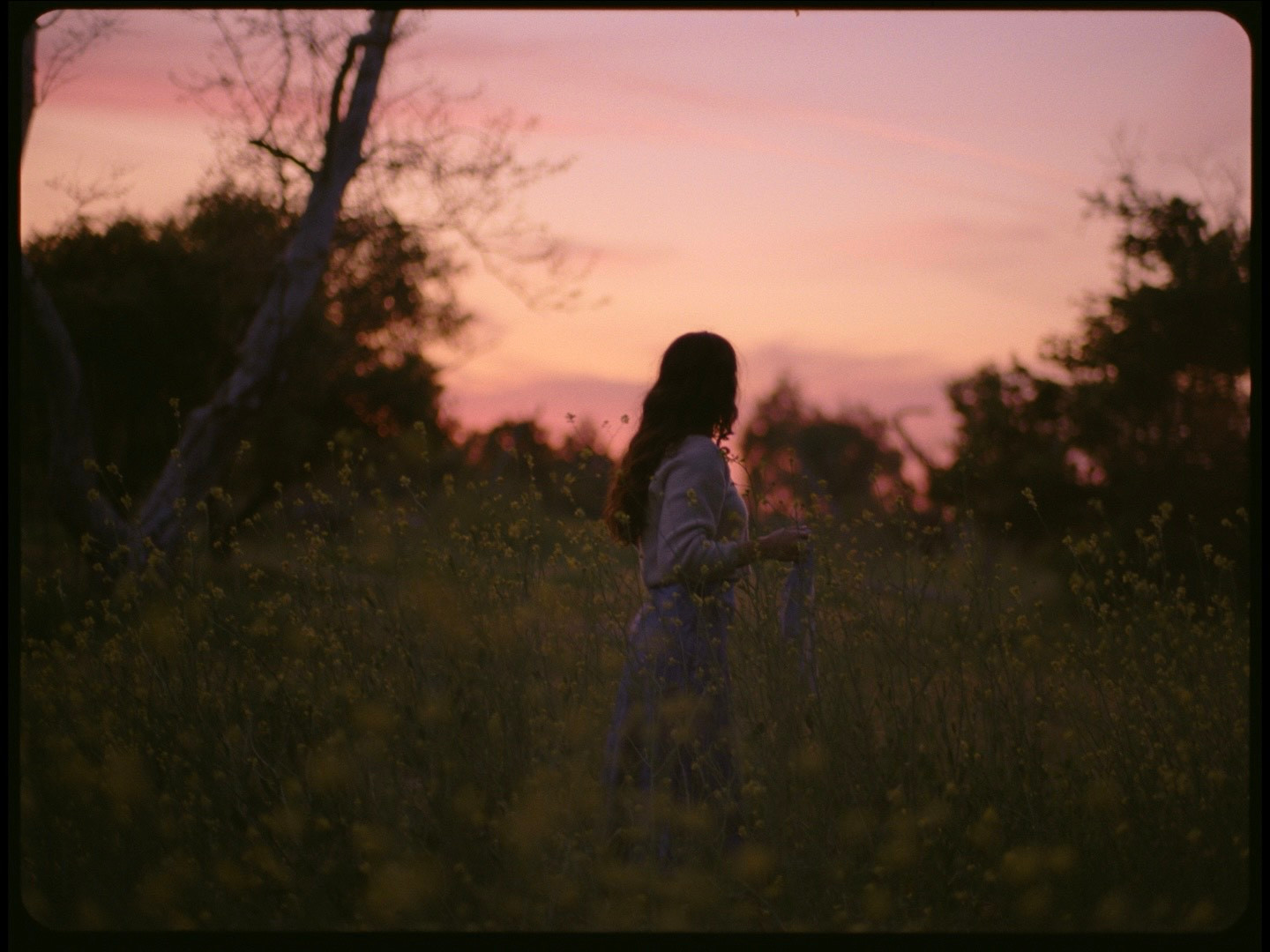
Let’s say your best friend was visiting the area and you wanted to show them the best time ever. Where would you take them? Give us a little itinerary – say it was a week long trip, where would you eat, drink, visit, hang out, etc.
I live near Culver City so this might be one of the To-Go spots for us. It is nice and clean, and well maintained. I usually don’t hang out a lot near the DTLA area as it is too crowded. But I would definitely take my friends to K-Town for the amazing food. My Korean friends always take me to the “Pu Cha” which is kind of like the open area restaurant where people drink and have amazing Korean street food.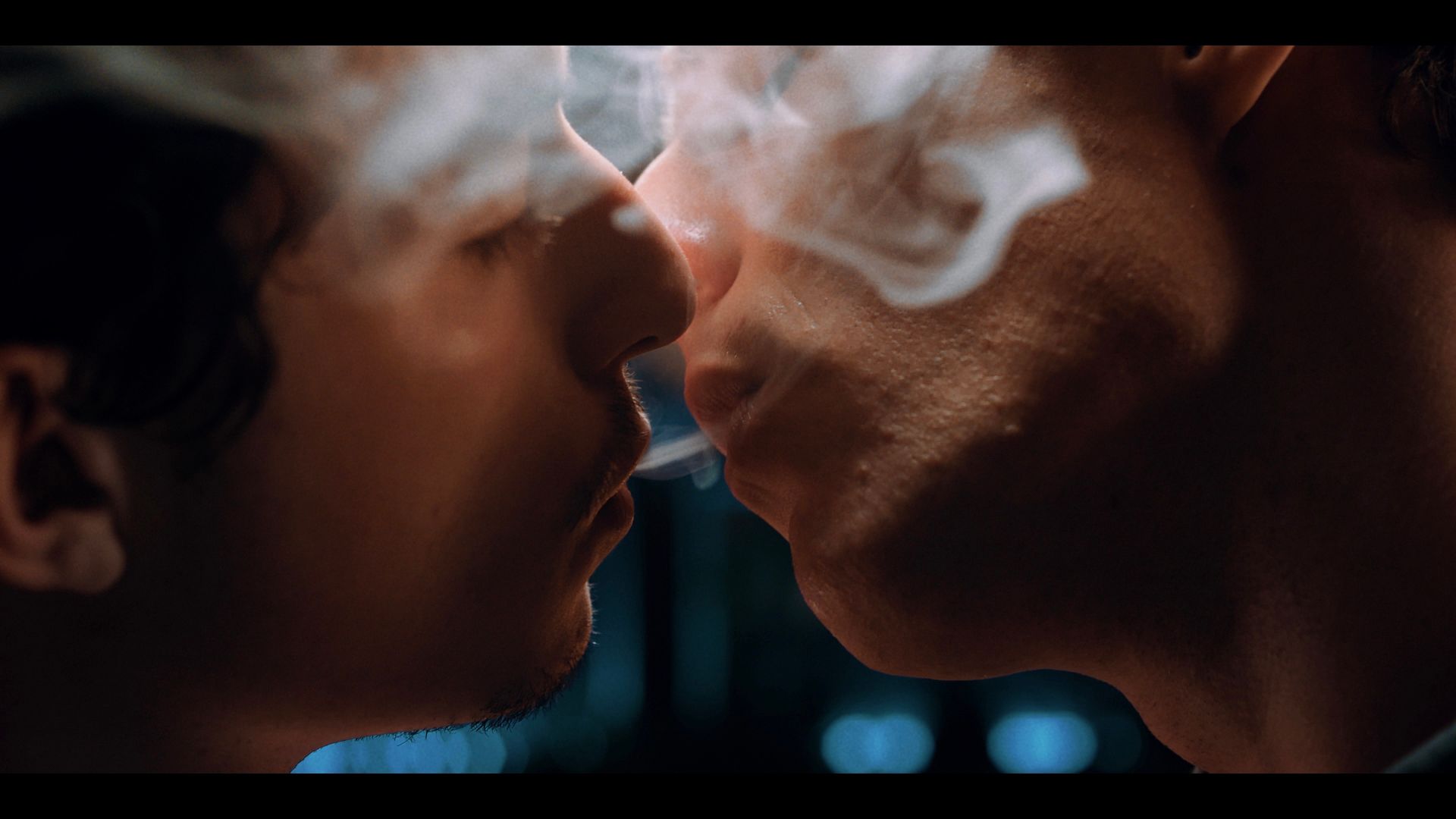
Shoutout is all about shouting out others who you feel deserve additional recognition and exposure. Who would you like to shoutout?
I would shoutout to Griffin Voth and TinNgai Chan who are my mentors.
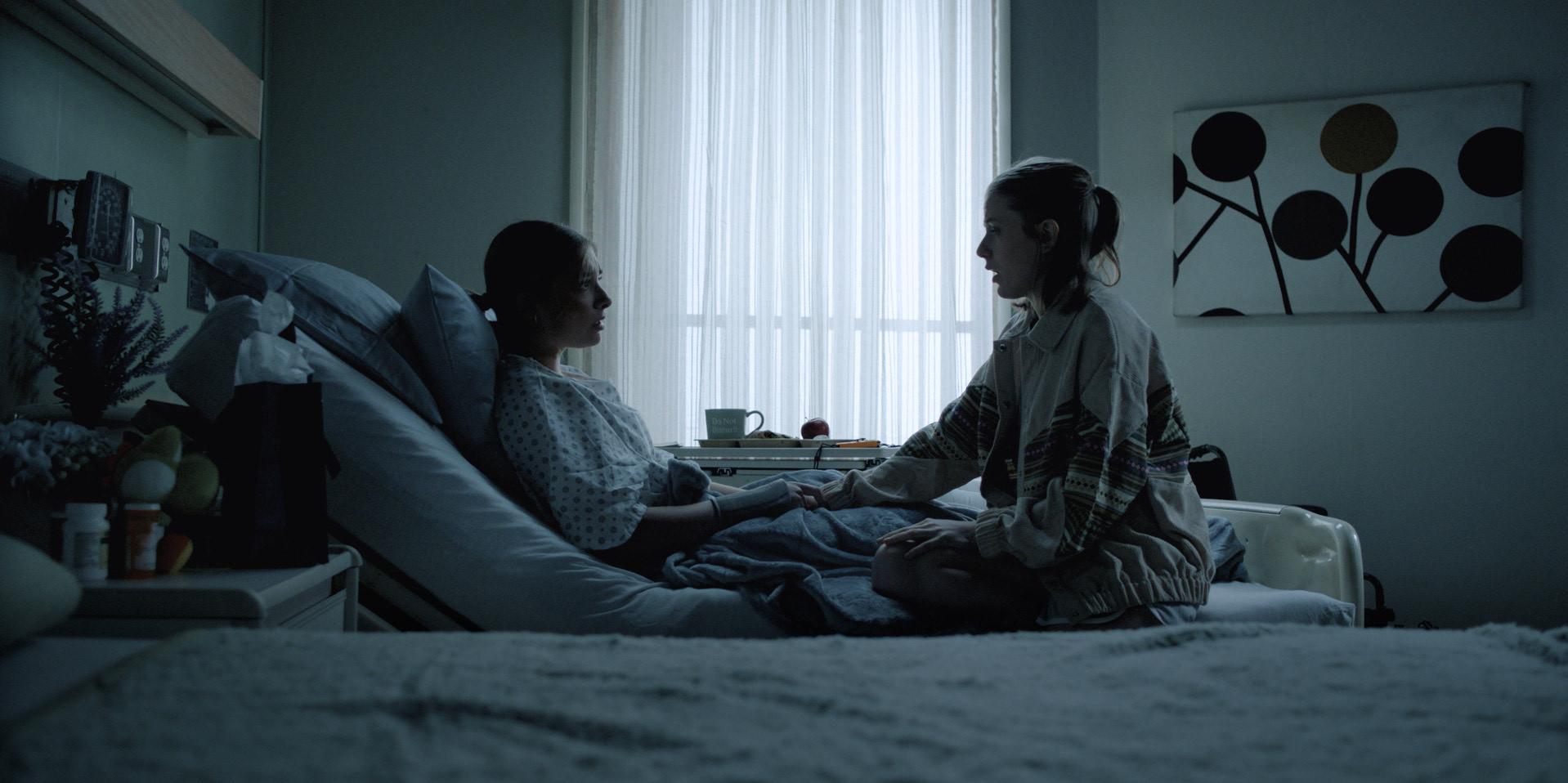
Instagram: https://www.instagram.com/jasonyuuuuuuuuuu/?next=%2Fangelalamella06%2Ftagged%2F&hl=af
